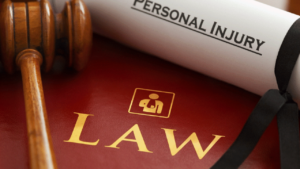You might enjoy walking to work to get in some exercise, or maybe you jog or run as a part of a group as an activity to meet people and do a social activity. Whatever the reason is, if you’re on or around the roads, you need to understand how serious a pedestrian accident could be.
Even if you’re on residential roadways, it’s possible that a quick-moving vehicle could hit you and cause serious injuries. How serious will those injuries be? That will probably depend on the impact speed.
HOW DOES IMPACT SPEED AFFECT THE RISK OF INJURY?
Speed has an impact on the risk of injury, but it is not a linear impact. Pedestrians face a constant risk, but as speeds increase, the likelihood of severe injury or death rises significantly. In fact, the risk multiplies rather than worsening by linear degrees.
In a study performed by the AAA Foundation for Traffic Safety, it was found that pedestrians could suffer serious injury at speeds as low as 16 mph. At 16 mph, pedestrians had a serious injury risk of around 10%. At 23 mph, the risk jumps up to 25%. By the time a vehicle is traveling at 31 mph, the risk of serious injury reaches one out of two.
Just looking at these numbers, you can see that the risk is high already even at speeds that are common in residential areas. If you jump to speeds you might find on freeways, 50 mph, for example, the risk is set at 75% at 58 mph, the risk is an incredible 90%.
SPEED ISN’T THE ONLY FACTOR IN SERIOUS COLLISIONS
Remember that speed isn’t all that will affect the risk of serious injuries or deaths in pedestrian-car crashes. Age plays a role, too. An elderly person is much more likely to suffer severe injuries at 31 mph compared to a 25-year-old person, for example, because they have their own underlying health issues and longer recovery times.
Regardless of your identity, if a car hits you, you should be aware that you have the right to pursue a claim against the driver. Their negligence led to harm, so you should seek fair compensation.
Spector Law Group



































































































